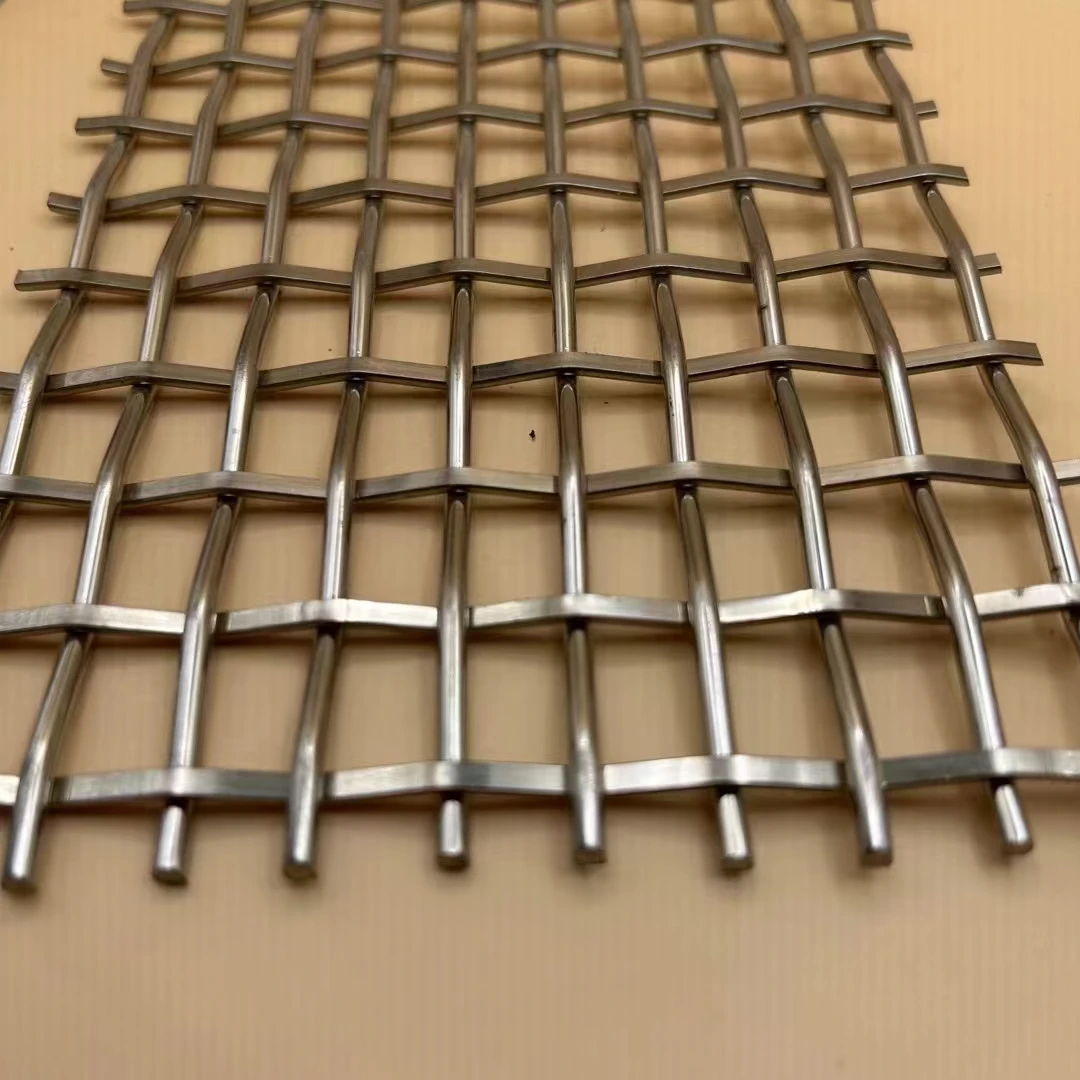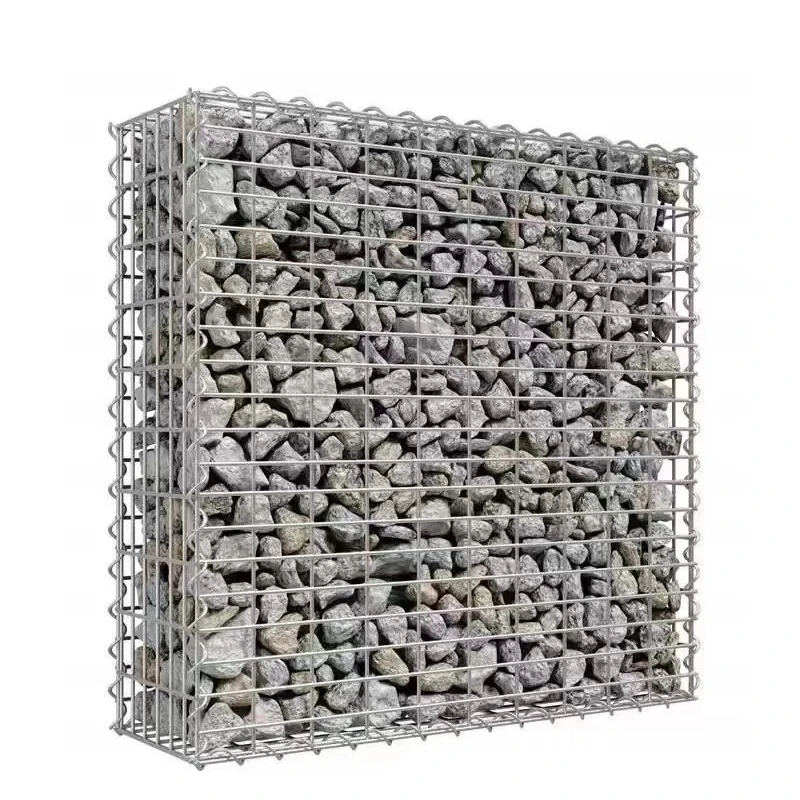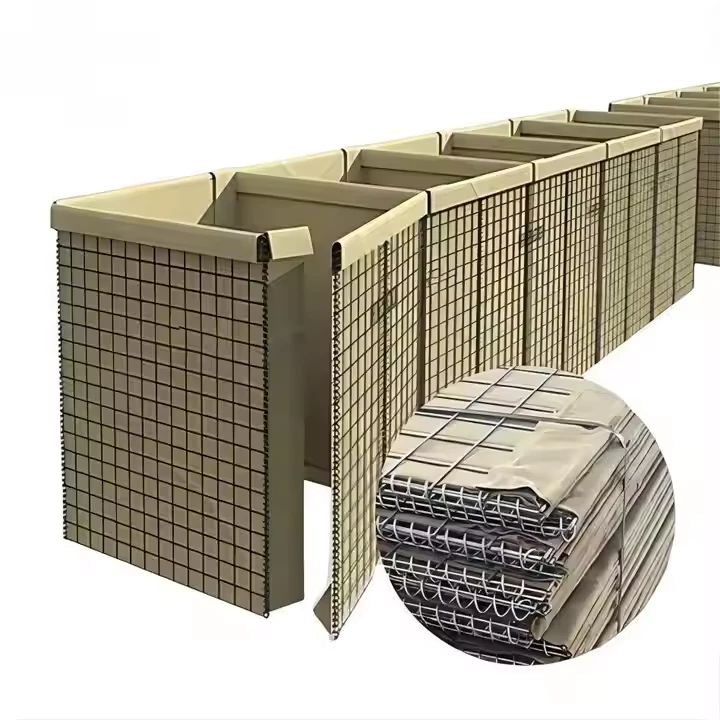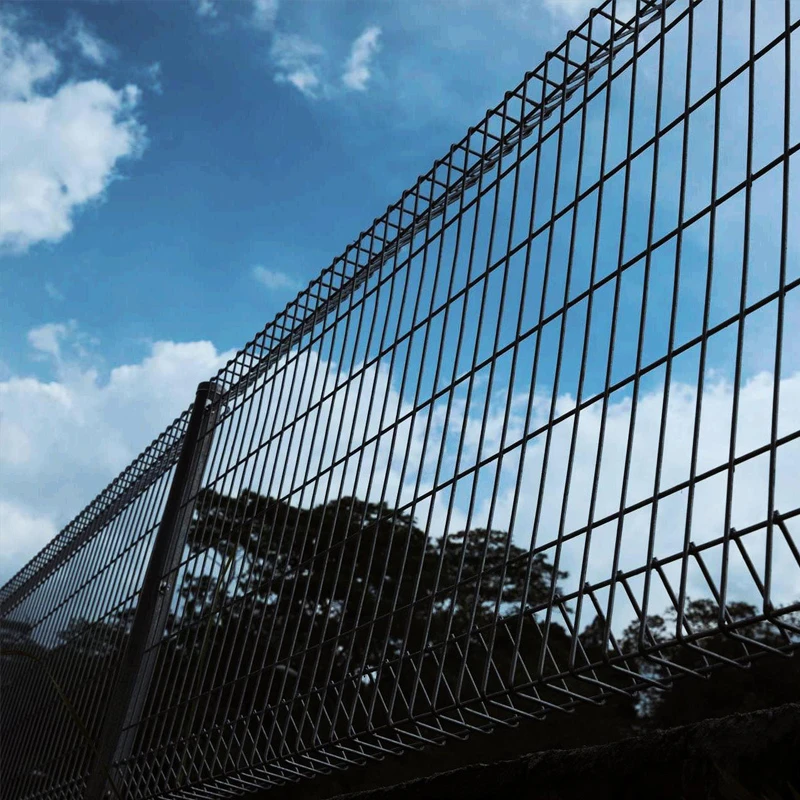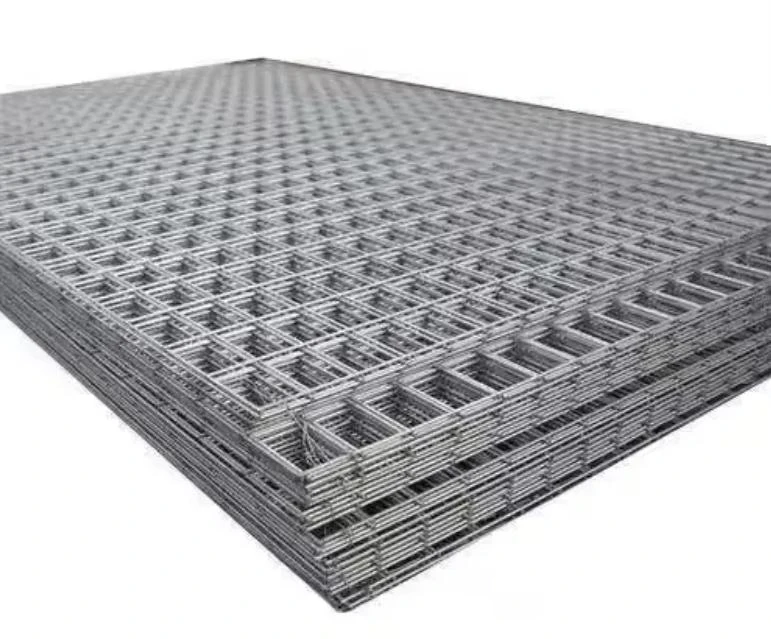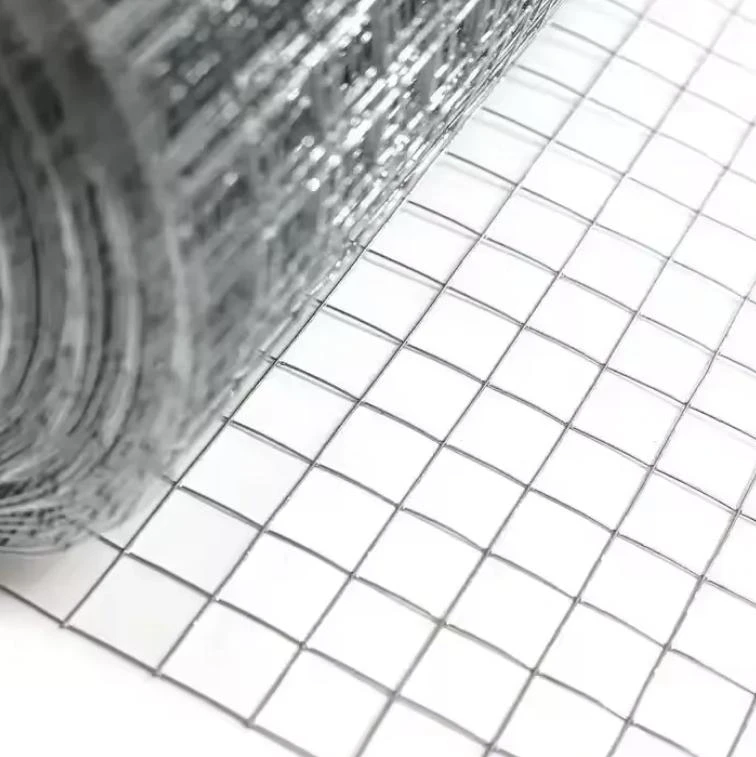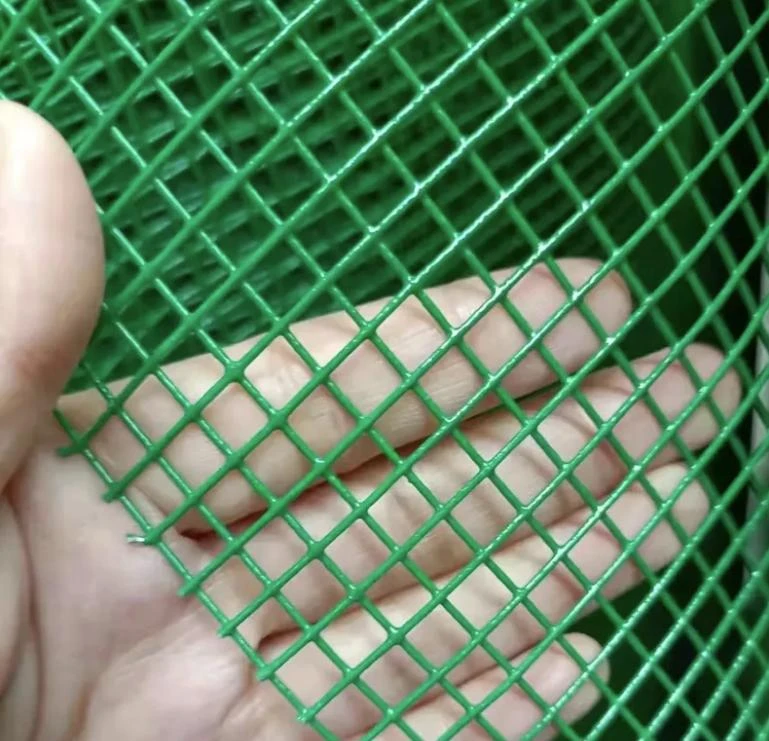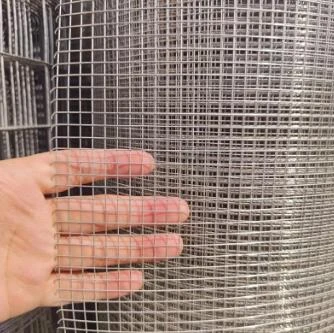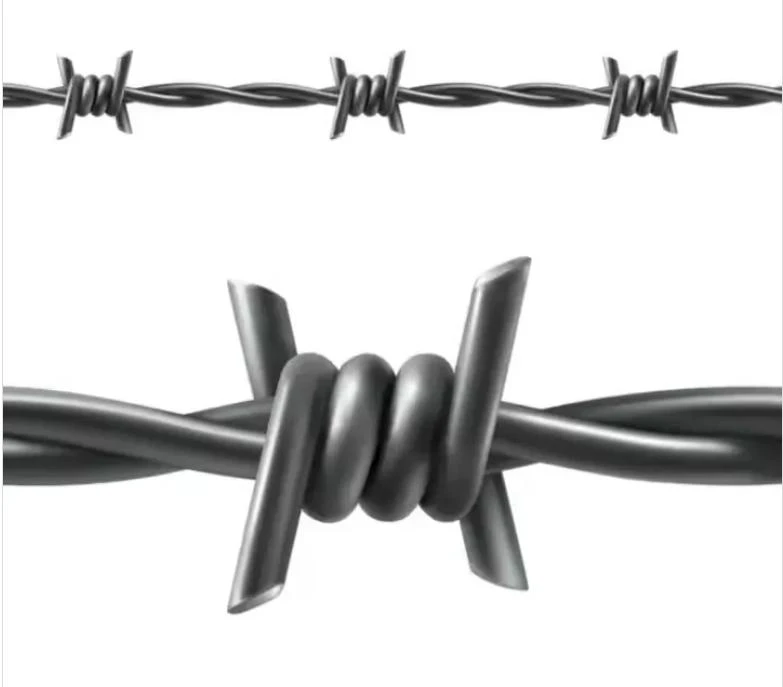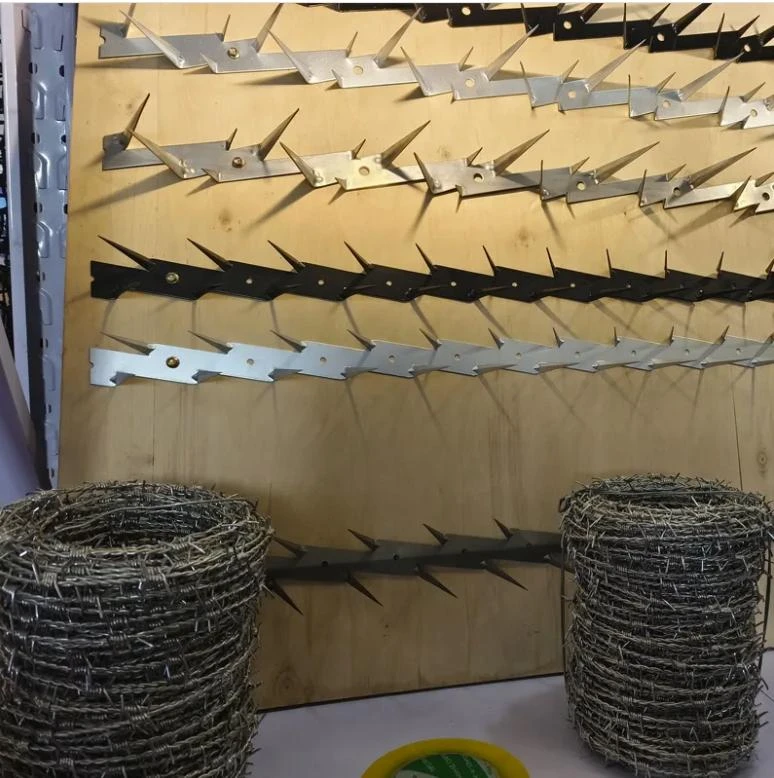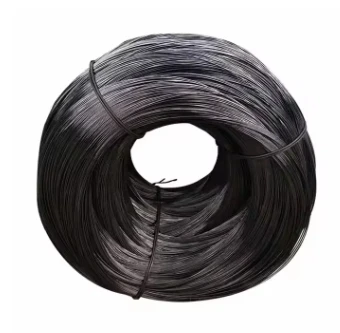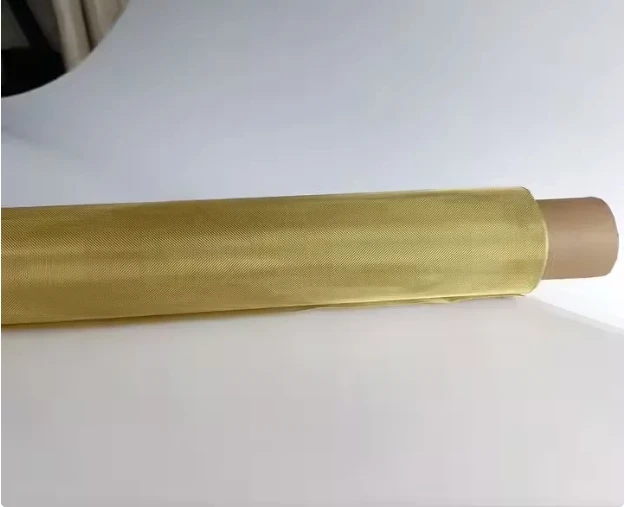FAQS
Aluminum Wire FAQ
What fields are aluminum wires mainly used in?


Aluminum wires are often used in electrical applications, such as overhead power lines, residential and commercial wiring; Manufacturing data transmission cables in the field of telecommunications, such as coaxial cables and optical fiber cables; The construction industry is used to reinforce concrete structures and manufacture light frames; It is also used in automobile, aerospace and other industries that require material weight.
What are the advantages of aluminum electrical wire compared with copper wire?


Aluminum electrical wire is light in weight, which can reduce the load of supporting structure and has obvious advantages in overhead power lines and other scenes; The cost is lower than that of copper wire, which is a cost-effective alternative; Corrosion-resistant, suitable for outdoor telecommunications applications.
What are the specifications of aluminum wire?


The diameter of aluminum wire is 0.02-5.00 mm, the temperature grade is 130/155/180/200/220 degrees Celsius, and the enamels are of type, Pew, EIW, EI/AIW and AIW.
What is the manufacturing standard of aluminum wire?


Aluminum wire meets the standards of IEC, NEMA, UK, JIS, etc., to ensure the product quality meets the relevant specifications.




Related Products
Related News
We can customized wire mesh products
by your drawing and requirements








